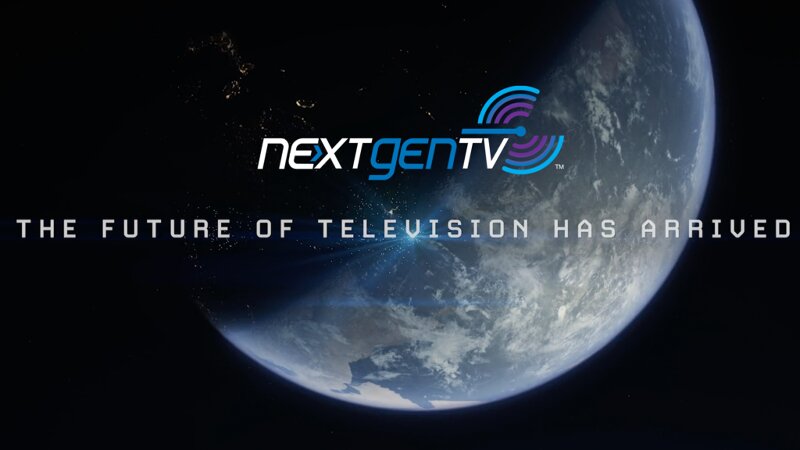As we know all too well, CES for 2021 was an online-only event, due to the worldwide Covid-19 pandemic. So, in what may have been a boon to all those weary would-be travelers seeking a respite from show mobs and taxi lines, you could still watch a barrage of info-mercials, promising to engage you, at least, in streaming sessions.

 “NEXTGEN TV,” a.k.a. ATSC 3.0, was presented in various sessions, including “Next Generation Television in Focus.”
“NEXTGEN TV,” a.k.a. ATSC 3.0, was presented in various sessions, including “Next Generation Television in Focus.”
Michael Davies (Fox Sports) chaired the session, and set the stage for the discussion, saying that content producers know HFR and HDR “pops” in viewers’ perception. At the same time, advanced features like interactivity existed in the past, but were rather “janky” in their delivery.
Grace Dolan (Samsung) pointed out that viewers embraced 1080 long ago – a revelation at the time – but with 4K, ATSC-3 is more realistic, and is taking “Immersive Viewing” to the next level. She agrees that interactivity was “janky” in the past – with homemade “second screens,” presentation inconsistency across channel-changes (a “pain point), and so forth – but now can be integrated and customized into content and hardware, with better integrated control.
Davies agrees that Nextgen TV “makes this slick,” with a customizable and geo-targeted viewing experience, adding that the killer apps can be live sports gaming and interactive betting.
Dolan sees exciting business opportunities with ATSC-3, and predicts that creatives can partner in “really cool and non-traditional pairings.” She also believe that the pandemic has forced many people to “lean-in” almost exclusively on their in-home devices for entertainment, so that Samsung is even looking towards 8K in the future.
For Madeleine Noland (ATSC) however, “TV” is the killer app, because in addition to better video and audio, ATSC-3 is an evolving platform, so that even though it was designed for 4k, it can upgrade (e.g., to 8K) over time. Consumers will get addicted to HDR and Wide Color Gamut content, but she also predicts that High Frame Rate, but IP-based features like alternate audio over the Internet and interactivity will be embraced by manufacturers (and broadcasters).
TV manufacturers Samsung, LG, and Sony contributed technologies to make ATSC-3 flexible, resulting in new features like “Voice-Plus,” a user-adjustable dialog level control that was very highly-rated by test audiences. And IP-based content management is already in broadcasters’ workflow, she says, so ATSC-3 should be very accessible to them.
But “broadcasters must be out there first,” says Noland, “there’s never been a chicken and egg problem,” where neither part of the industry takes a lead. To that end (or beginning), ASTC-3 is now in 26 markets – “1 in 6 households” – with many recent launches, and with 25 compatible TV models already released in 2020.
See also:

